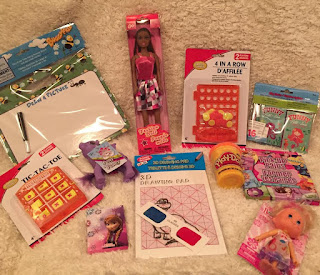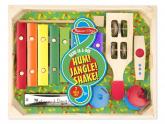W
W-sitting refers to a sitting posture where the buttocks are
between the feet and the lower legs are bent at the knees and positioned behind
the body to either side, thus forming a W shape.
When a person W-sits the medial (inside) sides of the knees
are stressed. This can lead to
overstretching of the ligaments and potentially to an unstable knee and
orthopedic problems.
Why do children W-sit? Why is this bad?
Almost all children will W-sit occasionally, but persistent,
prolonged W-sitting is to be discouraged because of the potential harm to the
knee and hip joints.
Children with low
muscle tone frequently develop this type of sitting as their preferred method
of rest. It gives them a very large base
of support, making them more stable and requiring less energy to maintain; it
helps them compensate for their weak musculature. They can play and manipulate
toys with their arms, using less energy to keep their trunk and pelvis
controlled. But again, reliance on this
position can stress the ligaments and muscles in the hips and knees, and these
children already tend to have very lax, flexible joints because of their low
muscle tone.
Children with high muscle tone (hypertonia) and sometimes
children with spastic Cerebral Palsy (Spastic CP) sit this way. It should be discouraged because it feeds
into their abnormal patterns of movement. W-sitting can aggravate muscle
tightness, as it places hip internal rotator muscles, hip adductor muscles and
heel cords in a shortened position. W-sitting can lead to more muscle tightness
and possibly contractures.
When a child depends on
W-sitting it can inhibit or delay them from developing the movement patterns,
balance and coordination needed for higher level skills like walking, kicking,
running, and skipping. They may also develop poor standing posture and gait abnormalities.
W-sitting can cause hip
dislocation, especially if a child has hip dysplasia (a condition of
instability, or looseness between the head of the femur and the acetabulum of
the pelvis).
Children frequently move backward into a W-sitting position
when they are crawling, as it is easier for them to move in and out of sitting
and quadruped (all fours), requiring less energy and effort than rotating to
one side or turning to sit with legs out front (long sitting).
Very little trunk rotation occurs when a child W-sits. They are less likely to cross midline and
tend instead to manipulate objects on their left side with their left hand and
toys on their right side with their right hand.
This can cause delays in developing a hand preference and could lead to future
coordination problems. Additionally,
because of the limited amount of trunk rotation allowed in W-sitting, children
don’t practice and learn to weight shift diagonally and develop the ability to
transition smoothly in and out of positions like sitting and quadruped (all
fours) with good rotation.
Other sitting positions to encourage:
Long sitting: sitting with legs straight out front
Side sitting: both
legs are to one side of the buttocks
Heel sitting: buttocks rest on the heels (can also be
referred to as low kneeling)
Crossed Legs:
legs are crossed over each other in front (also referred to as Taylor
sitting, Indian style, or “criss-cross applesauce”)
Cue Your Child:
Children who W-sit find this position very comfortable and
stable. You will need to work with your
child to change this pattern. When you
see them W-sitting, give them a positive command like, “Pretty Legs” or “Fix
Your Legs”. (You might want to try
something even more meaningful to your individual child, like, “Princess Legs”
or “Rocket Ship Legs”) If your child goes to a day care or school, you will
want to communicate with the teachers or care providers so that everyone
working with your child will be discouraging W-sitting and using the same cues.
Be Consistent!
W-sitting is a habit that needs to be eliminated for the good health of
your child.
Blog Administrator: Trisha Roberts
proeducationaltoys@gmail.com
Copyright © 2017 TNT Inspired Enterprise, LLC, All rights reserved.
Unauthorized duplication is a violation of applicable laws.

































